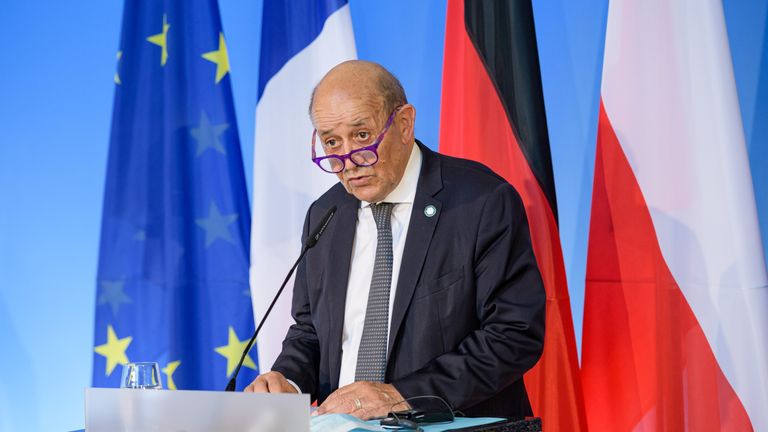WU HAN CONSPIRACY THEORY FROM DOWN UNDER
Donald Trump reveals secret intelligence on COVID origins in rare interview

Former US President Donald Trump will share his knowledge about the origins of the coronavirus in a rare one-on-one interview with The Australian’s Investigations Editor, Sharri Markson.
Markson says the former US President was warm and attentive in one of the few interviews given since he was elected in 2016.
She’s told Luke Grant that her investigations into the origins of the SARS-CoV2 virus in 2019 have culminated in her interview with the president.
“It was over six months of trying before I could secure the interview,” she said.
She told Luke about the unique insight Donald Trump offered her during the conversation.
“He’s seen the intelligence. He was convinced that this virus came from a lab.
“I wanted to know what top secret intelligence he’s seen that’s convinced him the virus came from a lab,” she said.
Globally, the coronavirus pandemic has infected more than 200 million people and killed more than 4.5 million.
Sharri Markson’s new book What Really Happened in Wuhan seeks to reveal the coverups and secrets from the very earliest days of the virus.
Much of the reporting centres on the Wuhan Institute of Virology, a key piece of the theory that the virus could have escaped from a laboratory.
Some evidence suggests that America’s top doctor, White House Chief Medical Advisor Dr Anthony Fauci, had knowledge of gain-of-function research being carried out at the Institute, partly-funded by the US.
Click play below to listen to Sharri discuss her interview with Donald Trump.
Sharri Markson’s special investigation documentary will air on Sky News Australia Monday night at 8pm. Her book ‘What Really Happened in Wuhan’ is available for preorder now, to be released this month.
Click play below to listen to Luke Grant’s full interview with Sharri Markson.
Media backtracks on Sharri Markson’s Wuhan lab leak story

Early reports and investigations into the origins of the coronavirus were met with immediate and baseless criticism by many parts of the media.
Sharri Markson is the Investigations Writer at The Australian newspaper and host of Sharri on Sky News Australia.
Major social media platforms attempted to discredit and shut down her extensive reporting of the evidence, until the US Presdient Joe Biden reversed his position on the lab leak theory.
She’s told Luke Grant about her original investigations into the origins of the COVID-19 virus in Wuhan and spoke about the attempts to censor and suppress the story by big tech companies and parts of the media.
Her book ‘What Really Happened in Wuhan’ is available to preorder ahead of its release later in the year.
Click play to listen to the interview.





















